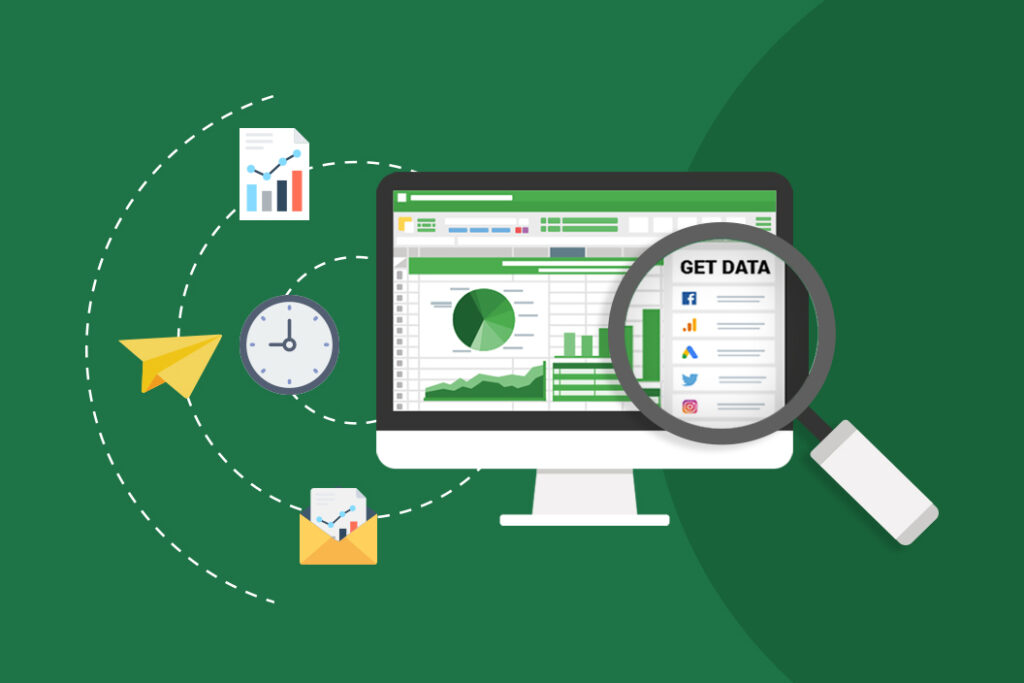Personal Career & Learning Guide for Data Analyst, Data Engineer and Data Scientist
Excel is a powerful tool for data analysis, and it is widely used in the business world to perform various tasks, including organizing and analyzing data. One of the common tasks that data analysts perform in Excel is counting the number of visible rows in a filtered list. This can be useful when you want to get a count of the number of rows that meet specific criteria, or when you want to find out how many rows are left after applying a filter. In this article, we will go over how to count the number of visible rows in a filtered list in Excel.
Before we get started, it is important to understand that there are two types of filters in Excel: AutoFilter and Advanced Filter. For the purpose of this article, we will be focusing on AutoFilter. AutoFilter is a quick and easy way to filter data in Excel and is best suited for simple filtering tasks.
To get started, you will need to have a data set in your Excel sheet that you want to filter. You can either create a new data set from scratch, or you can use an existing one. Once you have your data set, you can follow these steps to count the number of visible rows in a filtered list:
- Select the entire data set that you want to filter.
- Go to the Data tab and click on the Filter icon in the Sort & Filter group. This will turn on AutoFilter for your data set and add drop-down arrows to the headers.
- Use the drop-down arrows to select the criteria that you want to filter on. For example, if you want to count the number of visible rows where the value in column A is greater than 5, you would select “Greater Than” from the drop-down list in column A and enter “5” in the next drop-down box.
- After applying the filter, you will now see only the rows that meet your criteria. To count the number of visible rows, you can use the following formula in a blank cell: =SUBTOTAL(2, [range of cells]). Replace [range of cells] with the range of cells that contains the visible data. This formula will only count the visible rows and ignore any hidden rows.
- You can also use a function called ROWS to count the number of visible rows. To use this function, enter the following formula in a blank cell: =ROWS([range of cells]). Again, replace [range of cells] with the range of cells that contains the visible data.
In conclusion, counting the number of visible rows in a filtered list in Excel is a straightforward process. By using the AutoFilter feature and the formulas described in this article, you can easily get the count of visible rows that meet your criteria. Whether you are a data analyst or just someone who needs to filter and analyze data in Excel, these steps will help you get the results you need.
Excel Example for Data Analyst – Count visible rows in a filtered list
 Loading...
Loading...
Latest end-to-end Learn by Coding Projects (Jupyter Notebooks) in Python and R:
All Notebooks in One Bundle: Data Science Recipes and Examples in Python & R.
End-to-End Python Machine Learning Recipes & Examples.
End-to-End R Machine Learning Recipes & Examples.
Applied Statistics with R for Beginners and Business Professionals
Data Science and Machine Learning Projects in Python: Tabular Data Analytics
Data Science and Machine Learning Projects in R: Tabular Data Analytics
Python Machine Learning & Data Science Recipes: Learn by Coding
R Machine Learning & Data Science Recipes: Learn by Coding
Comparing Different Machine Learning Algorithms in Python for Classification (FREE)
There are 2000+ End-to-End Python & R Notebooks are available to build Professional Portfolio as a Data Scientist and/or Machine Learning Specialist. All Notebooks are only $29.95. We would like to request you to have a look at the website for FREE the end-to-end notebooks, and then decide whether you would like to purchase or not.
